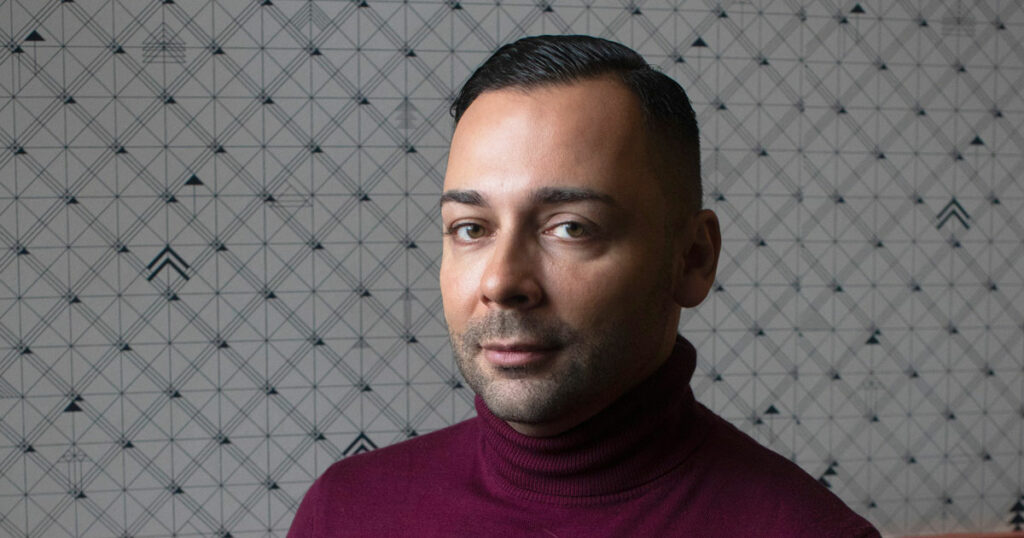Blog
A Call to Modernize American Philanthropy

This week the New York Times profiled Schott Vice President Edgar Villanueva’s new book Decolonizing Wealth and raised up his urgent call for a new direction in the philanthropic sector. As a public fund that supports funders in advancing social justice philanthropy, we at Schott are proud of Edgar and the deeply thoughtful dialogue he is sparking.
A Call to Modernize American Philanthropy
The giving practices of rich magnates and foundations still suggest a colonial mind-set, the author of a new book argues, as he offers ideas for change.
When America’s philanthropic and social sector were developed early in the 20th century, the design resembled elements of colonial social architecture: bureaucracy, competition, specialization and consolidation of power and resources, Edgar Villanueva writes in his new book, “Decolonizing Wealth: Indigenous Wisdom to Heal Divides and Restore Balance.”
Mr. Villanueva, who has held leadership positions in philanthropy, and is an enrolled member of the Lumbee Tribe of North Carolina, argues that philanthropy in the United States continues to transmit a “colonizing virus” by remaining “top-down, closed-door and expert-driven.”
“Writing this book, I started from a place of pain,” Mr. Villanueva said. “I was angry. But there’s plenty of books that criticize. What would I do differently? I felt like I had to push through to a place where I’m offering a different way of thinking.”
I sat down with Mr. Villanueva recently to discuss his book — a compassionate call for change and healing. Our conversation has been edited for length and clarity.
DAVID BORNSTEIN: What’s the main idea in “Decolonizing Wealth”?
EDGAR VILLANUEVA: Our history of colonization has been about dividing, conquering and exploiting people. The mind-set has permeated our policies and systems. It’s the idea that certain groups of people are better than others. For me, the essence of decolonizing wealth is about closing the race-wealth gap. If you are working in finance or philanthropy, and your job is to move capital, you’ve got to be aware of the history. If we care about affordable housing, health care, education, whatever, we have to apply a lens of race to understand how to be strategic about how we deploy resources. If we do not put race at the center, we’re not going to get solutions that work for all people.
D.B.: How does this critique apply to philanthropy?
E.V. There are great things that philanthropy does. But 95 percent of the money in foundations is not actually given away as grants. Rather, these endowments are invested on Wall Street in order to accumulate more wealth. For private foundations, only 5 percent of the wealth is given away each year on average, and of that 5 percent, only about 7 or 8 percent goes to communities of color. When Congress enacted the 5 percent distribution rule, it was intended to be a minimum; however, it has become the default yearly payout for most foundations.
D.B.: Why does so little go to communities of color?
E.V.: Many reasons. One is leadership. When you look at the governance and staffing of foundations, it’s anywhere from 85 to 90 percent white. There’s a direct correlation between the lived experience of the people in decision-making seats and where the money goes. And there’s a white dominant mind-set inside the field in terms of who we lift up as experts, who we see as credible, and who we think of as having capacity.


